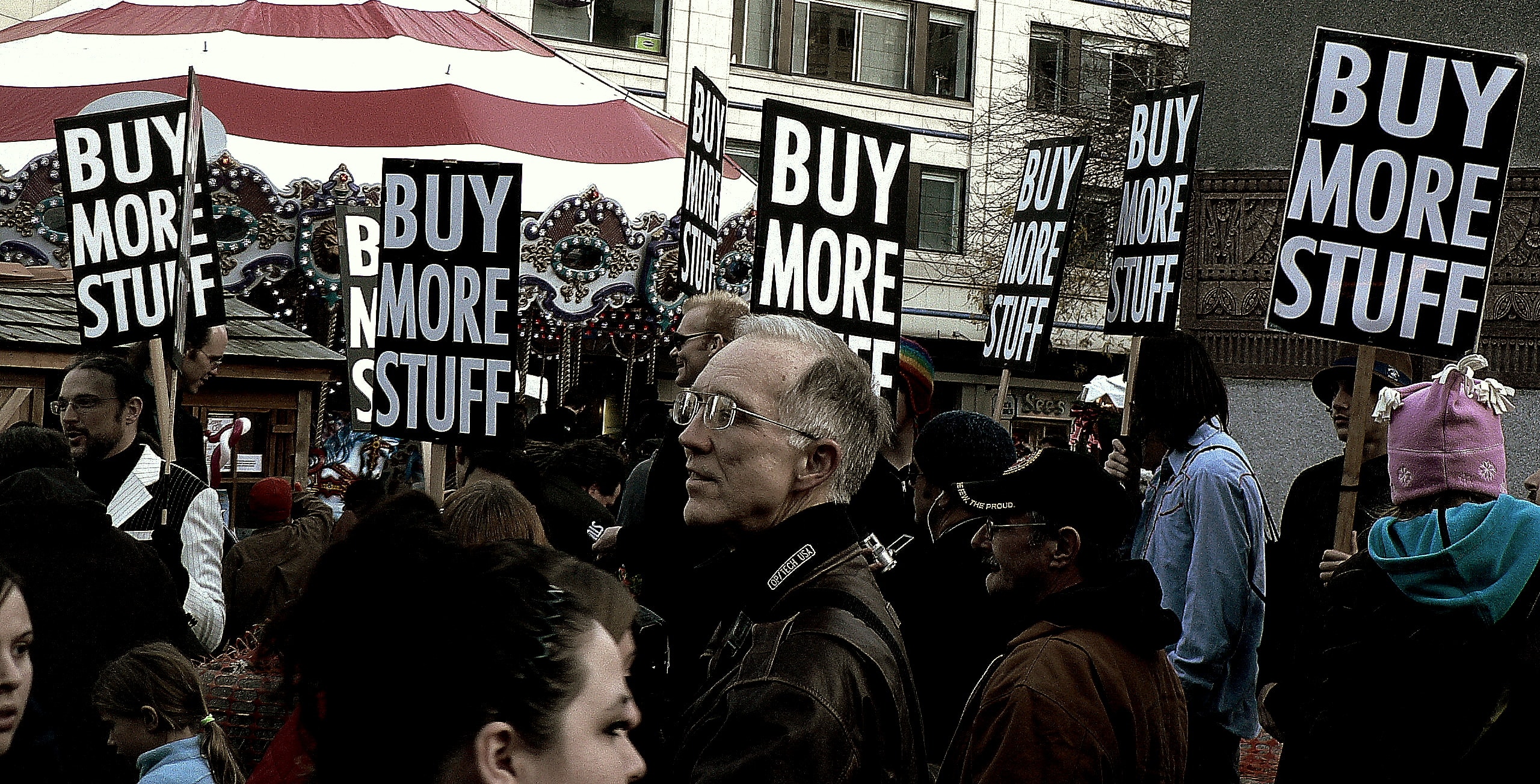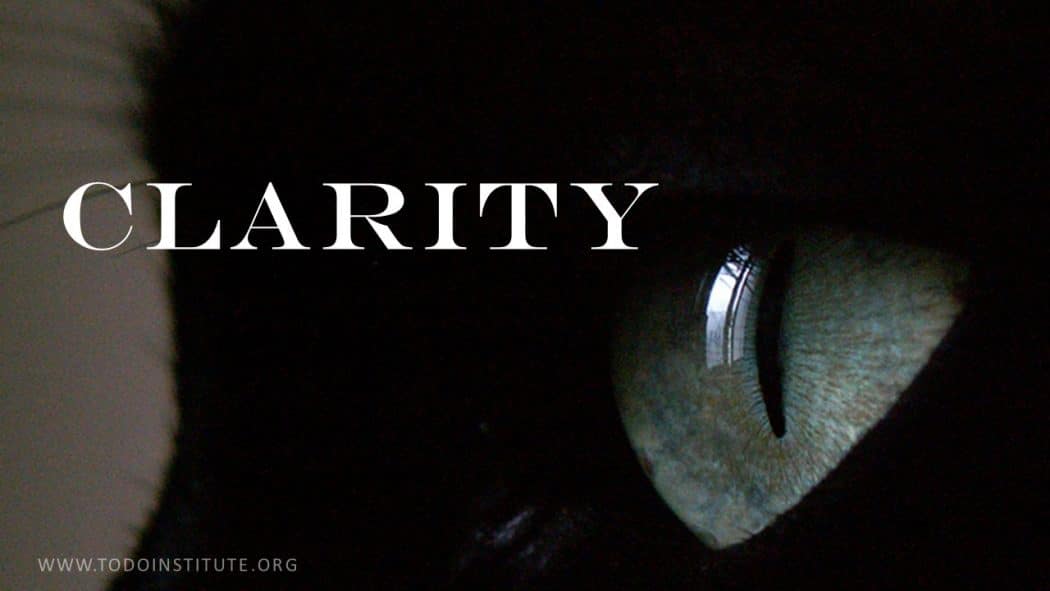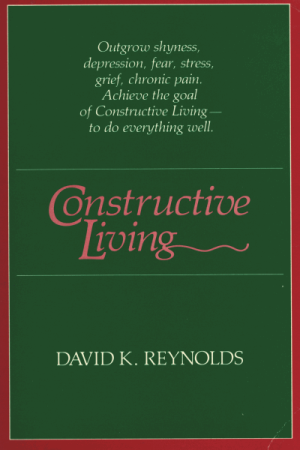By Gregg Krech
“Impermanence is the essence of everything.”
– Pema Chodron
Nothings stays the same. We don’t have to study Asian philosophy or Buddhism to know that. It’s obvious if we just look around – at the seasons, our kids, our cars, even our bodies. But knowing that everything in life is impermanent doesn’t prevent us from resisting it and complaining about it. We don’t like it when the brakes on our car wear out. Or when our skin gets wrinkled. Or (maybe) when our kids go off to college or one of our parents die. We work so hard to get things where we want them. And once we accomplish that formidable task, we want them to stay that way so we can relax and enjoy life.
I recently watched the Lego Movie. It’s not the kind of film I would normally watch, but I read some interesting comments about it, so my wife and daughter spent several hours on the sofa, watching these animated little Lego figures have an adventure. The villain in the film is a character named Lord Business. Lord Business doesn’t like change. He doesn’t like it when people tear down and rebuild things (isn’t that what you do with Legos?). He comes up with a solution – glue everything together. That’s his answer to impermanence – defeat it! Stop it.
The protagonists in the film are a collection of Lego superheroes who are Master Builders. They are creative and energetic. They love making new things, which requires taking parts from old things. They are forces for change. They are Lego manifestations of impermanence. So the stage for the metaphorical battle is now set – stability vs impermanence.
When I was a child, I didn’t have Legos – I had model airplanes which I put together with glue. Once you built the plane it was done. You put it on the shelf and bought another kit. But my youngest daughter spent years playing with an exceptionally large collection of Legos. She would spend days building an amazing spaceship. Then she would show it to us and play with it for a while. Eventually, it was taken apart for the next project. Legos have past lives. One day they’re part of a space ship. The next day they’re part of a castle.
It reminds me of the Tibetan monks who spend a week or more creating a beautifully designed mandala made of sand. And then when the finish it, and everyone has admired the craftsmanship, they destroy it. From sand to mandala and back to sand. Impermanence.
One of the challenges of living in an impermanent world is that change often requires action on our part. Winter turns to spring and we have to get the garden ready for planting. The lawnmower breaks and we have to repair it. Our hair falls out in the bathtub and we have to clean it. And then there are the larger challenges like job layoffs, divorce, death, bankruptcy. Each change presents us with a new “what do I need to do now?” riddle. It’s tiring. It’s stressful. All this change. All this responding to change. Exhausting.
No wonder we begin to distrust change. No wonder we feel anxious when we know a change is on the horizon. There is a Lord Business in each of us that just wants to get things in place and then glue them together. Of course, we can’t.
Whether we like it or not, we have to work with impermanence. And the way we work with it is to respond to change according to what needs to be done. It’s not about how we feel (i.e. frustrated) or what we’re thinking (doom and gloom thoughts). It’s about taking action according to the needs of the situation. We accept the circumstances that we cannot change. We accept the internal reaction we’re having – our feelings and thoughts – that we also cannot change. And we try to simply step back and look clearly: What are the needs of the situation? That’s how we know what to do and when to do it.
It’s not easy responding to the impermanence of our lives when we’re faced with disappointment, distress, or disaster. And it’s not easy taking action when, inside, we’re cooking up anxiety, fear and anger. But there’s a saving grace in the situation. You know what it is?
The situation you’re faced with will change, evolve, unfold. It always does. The feelings you’re feeling will dissolve, disappear and be replaced by other feelings. They always have. You don’t have to deal with this forever. You don’t have to feel this way forever.
If you don’t like what’s happening, rest assured, it will change.
If you are pleased with the situation, rest assured, it will change.
Life is inviting us to dance in the impermanence.
It’s the only game in town.
And this is our time.
Let’s go.
Gregg Krech is the Director of the ToDo Institute and author of numerous books, including The Art of Taking Action: Lessons from Japanese Psychology. Gregg will be teaching a 30 day online program, entitled TAKING ACTION: FINISHING THE UNFINISHED (AND UNSTARTED. beginning on March 1, 2017.












